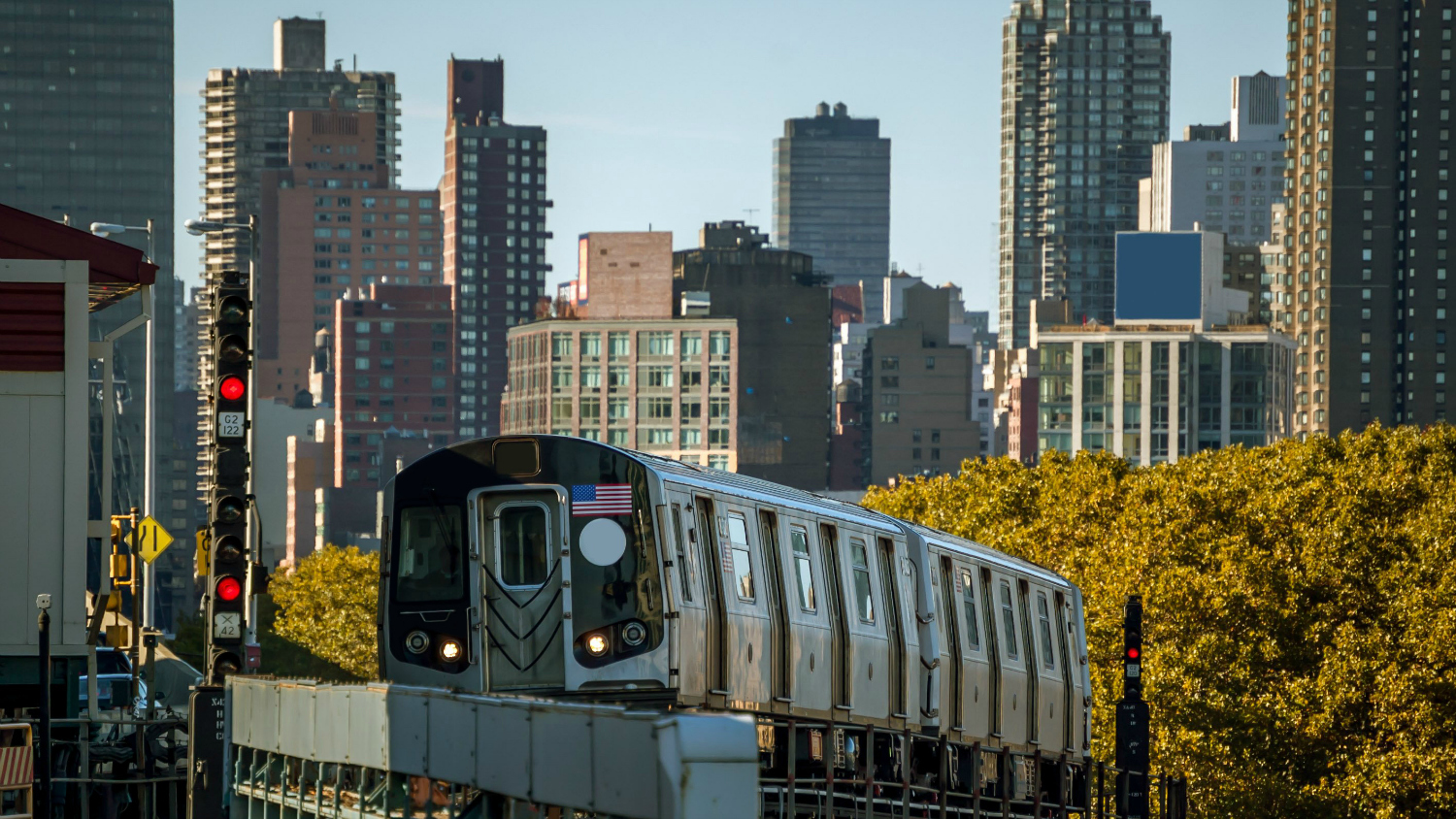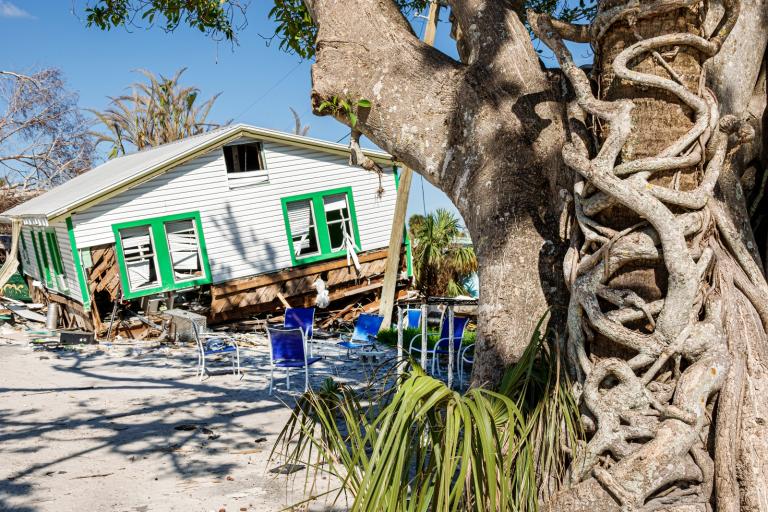They say that East New York is the next Bushwick. If you don’t speak New York Trend, that means magazines and real estate developers have started speculating that the East New York section of Brooklyn is about to explode in a frenzy of gentrification. That speculation alone has caused land prices there to double in one year.
To a lifelong Brooklynite like me, this is truly mind-boggling. For half a century, East New York and neighboring Brownsville have rivaled the South Bronx for the status of New York City’s most impoverished and crime-plagued areas. And unlike most other historically high-crime, low-income neighborhoods in Manhattan or Brooklyn where prices have skyrocketed in the last few years — Harlem, Bed-Stuy, Crown Heights — East New York is not blessed with beautiful old brownstones or pre-war apartment buildings. Its housing stock consists of more modest, newer rowhouses.
But East New York has one thing going for it: It’s on the L train. That subway line has taken artists and musicians, then the bankers who follow them, along its path from Manhattan’s East Village across the East River to Brooklyn’s Williamsburg and then Bushwick. Every reason to be skeptical that the skinny-jeans set will move to East New York — crime, lack of retail options, nondescript architecture — could just as easily have been said of Bushwick 10 years ago and Williamsburg 10 years before that. Hipsters have been spotted as deep into Bushwick as one can possibly go, and the next few stops on the L run along the border of East New York and Brownsville. Meanwhile, approaching from another side, gentrification has marched out to the farthest reaches of Bed-Stuy. If you go past Bed-Stuy on the A and C subway line, East New York is next.
This may sound like good news, but it isn’t for the low-income New Yorkers who are chased out of each successive neighborhood by rising prices.
There is, however, a public policy lesson to be learned from the pattern of gentrification: Demand follows transit. For all the talk about how artsy young people will go where the housing stock has historic character and the rents are low, the bottom line is that the vast majority of them will live where they can get to a job in a reasonable amount of time. And growing numbers of young people are eager to avoid the hassle and expense of commuting by car.
That means the solution is the same both for cities struggling with high housing costs and those struggling to attract any residents at all: Build more transit. In Detroit, for example, gentrification has lead to a shortage of rental apartments in centrally located Downtown and Midtown, with the high prices and generic boxy new buildings that naturally follow, even though the city is filled with dirt-cheap detached houses from the 1920s just a few miles farther out. It’s all about the transportation. “The problem is East English Village is eight miles from Downtown or Midtown, and there isn’t a subway for people to jump on or any decent mass transit,” says Eric Dueweke, an urban planning professor at the University of Michigan who lives in Detroit, referring to an undervalued neighborhood with excellent housing stock and elegant tree-lined streets.
Much has been written by pundits from center-right to center-left, including yours truly, about how cities must allow and even incentivize the construction of new housing in transit-accessible areas in order to restrain the growth of prices. But that is only one side of the equation. We also need to create more transit-accessible areas.
In New York City, for example, every neighborhood that is less than an hour by subway from the city’s primary office district in Midtown Manhattan either has gentrified or has the specter of gentrification hanging over its head. It’s fine in theory to say that we need more housing in those neighborhoods, but New York is by far the densest city in the nation. Its current subway, school, and sewer infrastructure is already bursting at the seams.
The only solution left is to create more neighborhoods that are less than an hour from Midtown by subway. New York could build new subway lines in areas that currently lack them, add more express trains on existing lines, and run trains more frequently on underserved lines. (My line, the C, only comes once every 10 minutes even at rush hour.)
The lower cost of commuting by transit than by private car helps to offset high housing prices. In other words, once you factor in the cost of transportation, building more transit means you’re essentially making the housing along the transit lines more affordable.
Mass transit also works in tandem with new housing: There should be, for example, more housing within walking distance of suburban commuter rail stations outside expensive cities such as New York. And new transit lines can spur development of new housing as they have in Downtown Los Angeles.
Improved transit could also reduce a major drag on our economy. Currently, people living in the strongest job markets in the country — in particular New York, D.C., and San Francisco — are finding that their higher wages are largely going to higher housing costs. Many more people who would like to take jobs in those cities can’t because of the cost of housing. Kriston Capps of CityLab, in response to a report attempting to quantify the economic costs of high housing prices in desirable job markets, concluded that there are only two ways out of this conundrum: “cities can provide better public transportation bridging low-wage and high-wage areas … [or] cities can start saying yes to new housing.”
But, in fact, cities are to some extent already saying yes to new housing: Boston and New York’s mayors have proposed significant new housing construction, while D.C. has the most housing units in its history. And so expanding public transit must now also be part of the equation. New York Mayor Bill de Blasio understands this, which is why he proposed creating new bus rapid transit routes and — as part of his sustainability agenda — called for studying the construction of a new subway line along underserved Utica Avenue in Brooklyn.
The problem, of course, is money, and most cities’ lack of it. This is where the federal government should step in. America’s global competitors from France to China are investing in higher-speed and lower-cost subway and inter-city rail service than we have here. In the post–World War II era, the federal government spent heavily on the Interstate highway system to cater to the growing demand for car-oriented sprawl. Now — in light of climate change and the lower carbon footprint of city-dwellers and transit users than suburban car commuters — we should invest in housing and transportation systems that meet our current needs.
There could be enormous economic benefits to such a program, especially for some struggling older cities. Philadelphia is only 103 miles from Midtown Manhattan. Amtrak’s Acela express train will get you from Philadelphia to New York in just an hour and six minutes, but it costs more than $100 one way. Even Amtrak’s regional train, which takes a little bit longer, runs upwards of $50. Double those prices for a roundtrip daily commute and it’s just way too expensive, no matter how much you save on housing. That’s because Amtrak overcharges riders on the profitable Northeast Corridor to subsidize inefficient routes elsewhere. In March, Congress passed a bill that would let Amtrak use profits from the Northeast to pay for upgrades on that same route, but it failed to increase Amtrak’s minuscule public funding to pay for much-needed track repairs and upgrades.
What if instead we operated the train system as a valued public good, with generous public subsidies? If an Amtrak ticket between New York and Philly cost around the same as a long-distance suburban commuter rail ticket — say $15.50, which is what it costs to go from New York to Trenton, N.J., the last stop on the NJ Transit and most of the way to Philly — that would make commuting from Philly to New York a good bargain, given how much cheaper Philly’s housing is. The fact that it costs only $7 each way for an hour-long, 40-mile trip on the commuter MARC train from Baltimore to D.C. makes that commute doable, and it would be even more so if train and track upgrades reduced the time it takes.
Building new infrastructure isn’t cheap or easy; just look at the running 80-year joke that New York’s long-awaited Second Avenue subway line has become. But the alternative — poor people being forced to the urban periphery where they must drive everywhere — is unfair to them, bad for the environment, and bad for our cities and their economies. Expanding transit must be at the heart of any equitable solution to the housing crisis.



